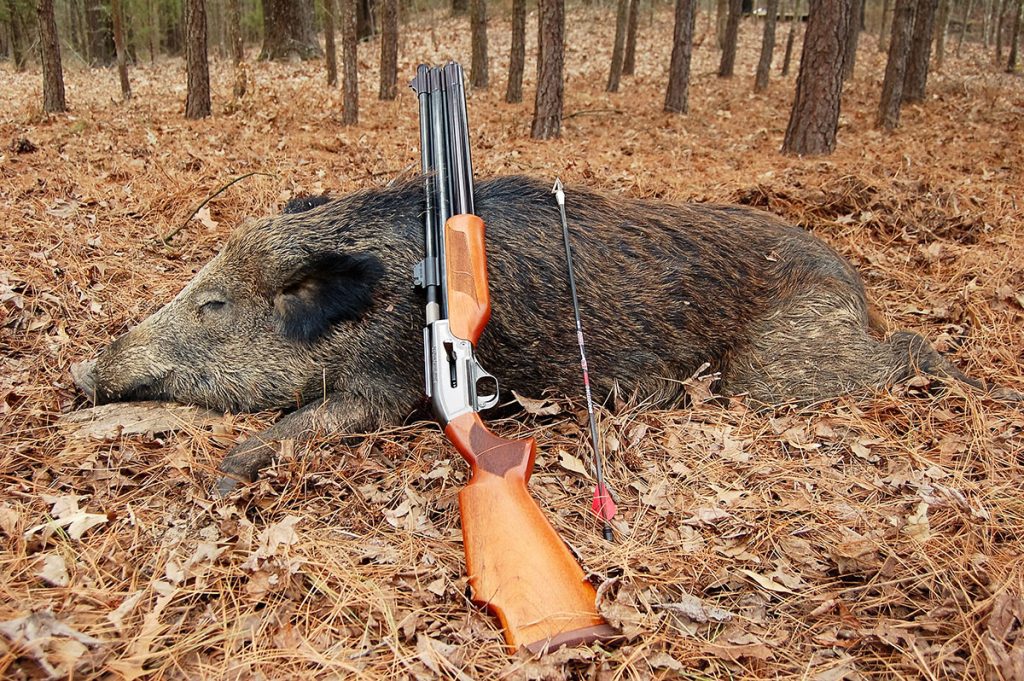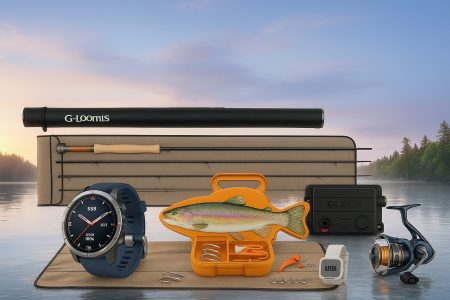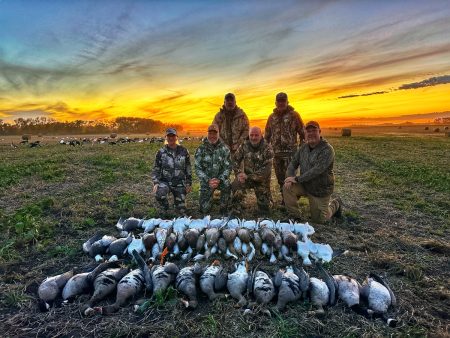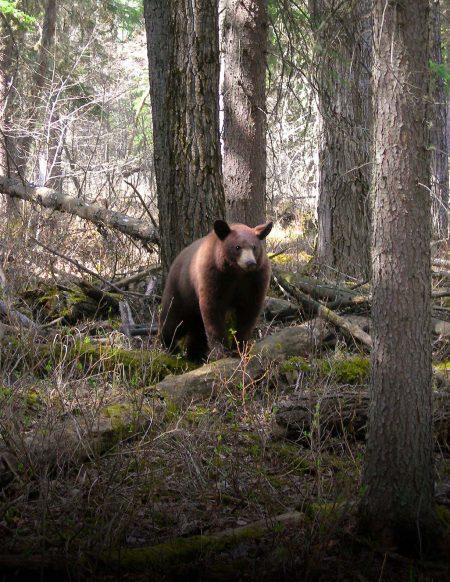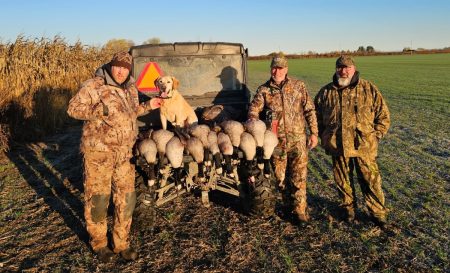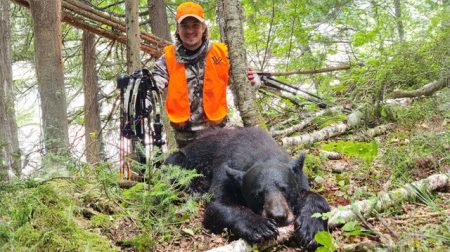In Texas where I live and have hunted wild hogs for over five decades, there are basically two primary camps of wild hogs hunters. One group prefers hunting them over bait and the other at night using thermal scopes for hogs feeding on open fields and hay meadows. On occasion, I’ve shot a few hogs that I encountered feeding on open fields at night with thermal but I much prefer baiting them and shooting them at relatively close range, often at night using my AGM Global thermal scope. I am pretty selective with the hogs I shoot because I relish the taste of wild pork and baiting is a very productive method of getting a good look at what’s coming to my meat counter.
The question of which bait is most productive is often asked among hog hunters and the answers vary greatly. But one fact remains constant; when using anything other than shelled corn, foreign odors often do more harm than good! Several decades ago, when hogs really began to become plentiful in Texas, I went on a mission to develop a ‘bait’ that would draw them in from far and wide. I experimented with catfish baits applied to trees and all sorts of sweet attractants. What I quickly learned was that none of my concoctions equaled shelled corn right out of the bag, most of my efforts did more harm than good and spooked the porkers I was attempting to attract. Hogs are very intelligent animals and when they receive hunting pressure, they become even smarter and more wary. But, they are hogs and have a weakness for the smell of certain odors that trigger their well heralded dining habits! When hogs come in to a baited area for the first time, they come in with all senses on high alert, including that radar like nose. They know the smell of corn; they have smelled it in fields as well as around feeders on just about every ranch in their range.

With plain old shelled corn as a basis, hunters forty years ago began experimenting with additives that they hoped would make a natural attractant even more effective. I’ve know hunters that would argue for hours whether raspberry Cool Aid was better than strawberry flavor when mixed with corn to bring the porkers in for a close shot. Others would pour beer or soured milk on the corn in hopes of creating a smell that carried farther and pulled in hogs for a great distance. Some swear by strawberry Jello. Granted, hogs will pattern to all these scents once they identify them as food sources but, these strange smells will also often spook hogs the first time they are encountered.
Through the years, I’ve tried it all and had varied results with many concoctions. In areas where I have corn feeders and a regular stream of hogs each night, I often toss out stale bread, cookies or whatever I have out of the pantry at home. The hogs usually gobble up every crumb the first night. I think that’s because they are comfortable coming to feed around the corn feeders. I have placed the same ‘scraps’ from our cabinets along hog trails had had it set there for days before hogs stopped to eat. I truly believe it’s all about baiting hogs to come to a particular spot and giving them a few days/nights to become comfortable eating there.
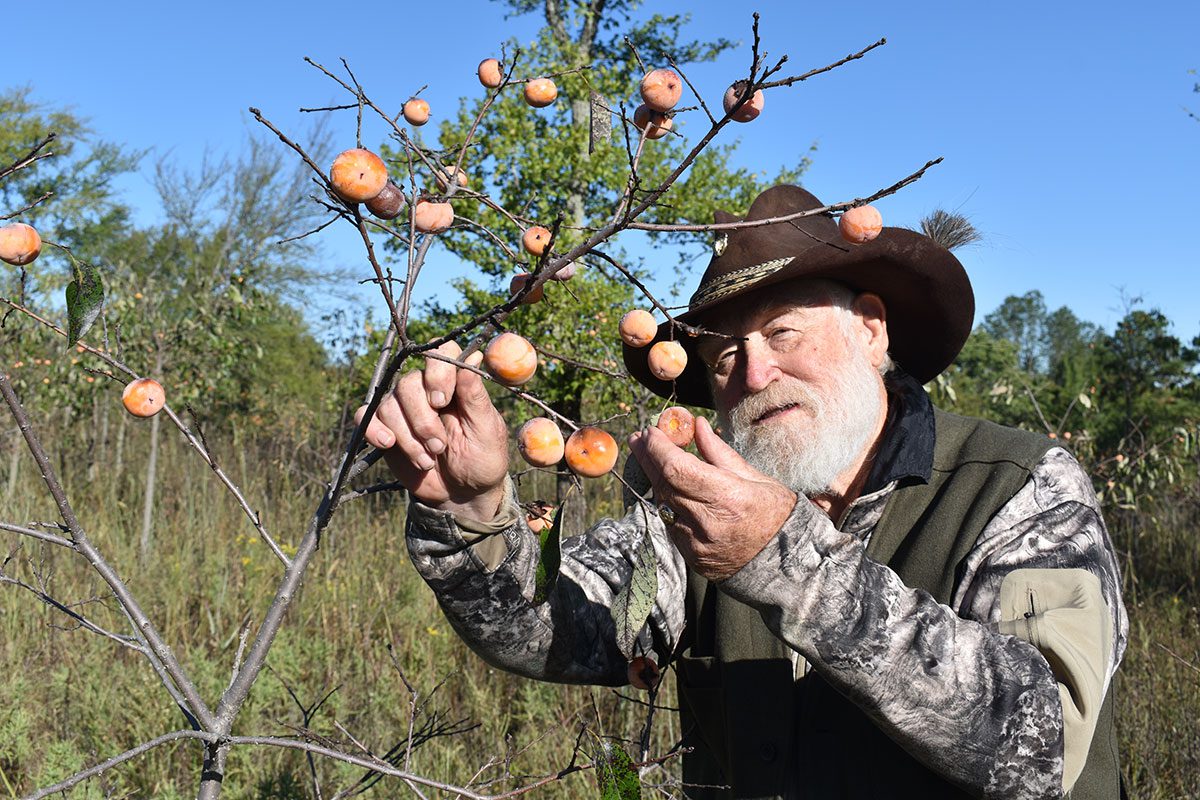
I have used small traps to catch eater hogs for many years. I use small lightweight traps and target hogs weighing one hundred pounds or less. These are usually younger hogs or young pigs and are much easier to trap than more mature porkers. They are also tenderer and much better eating. I lead porkers into my traps by baiting approaching trails from several directions by sprinkling a little corn along the trail leading up to the trap. Once traveling porkers smell the corn, they follow the trail up to a big corn pile inside the trap and I usually find my pork chops waiting the next morning. Plain shelled corn is all I use for this and it’s proven very effective. If a wild boar in Germany can smell a truffle several yards under the ground, is should have absolutely no probably smelling shelled corn poured on top of the ground, right? RIGHT!
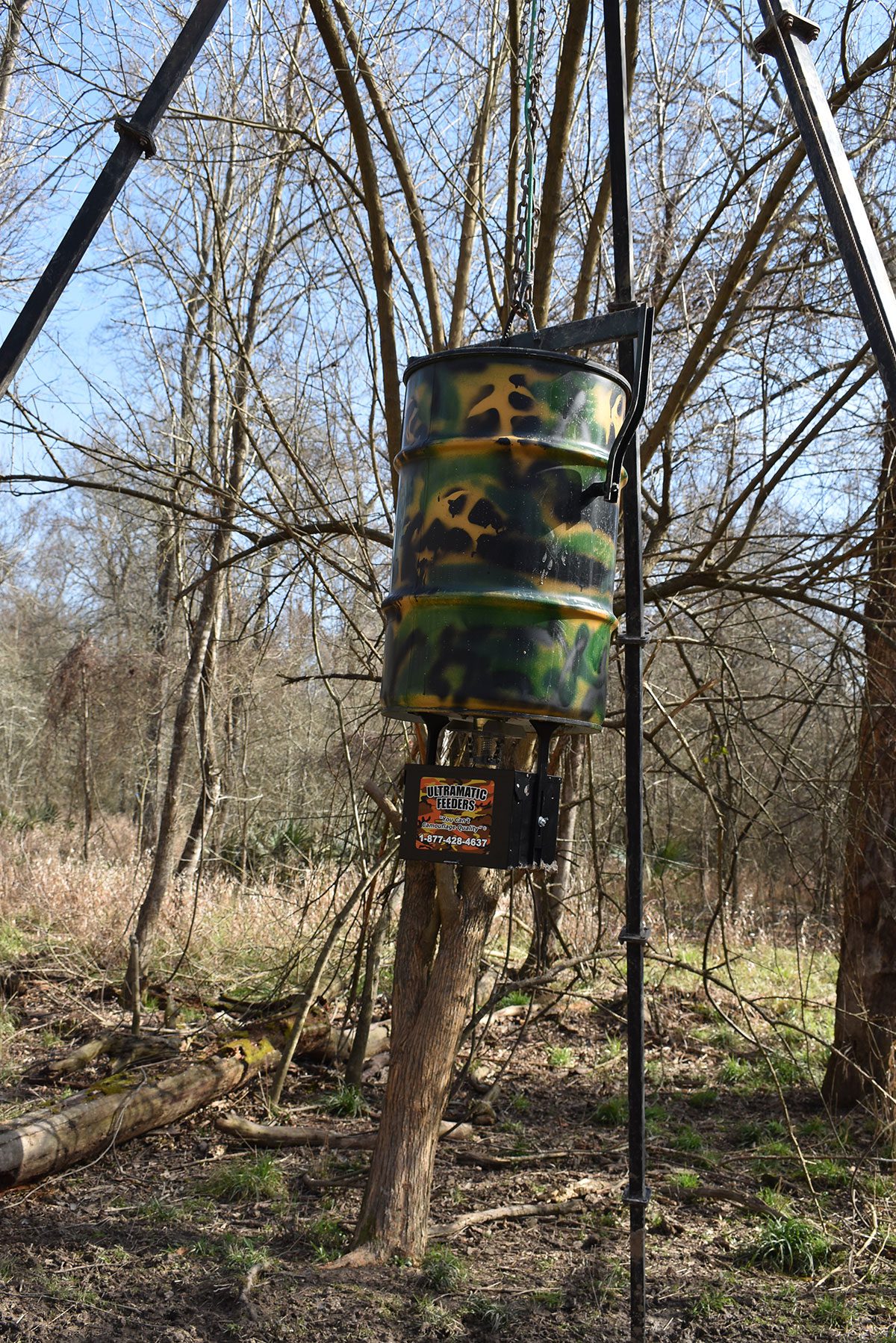
I have a good friend that is not only an expert hog trapper but also a licensed wild hog buyer. He has a holding facility for wild hogs and purchases thousands from trappers through the course of a year. My buddy sees more wild hogs in a month than most of us would encounter in a lifetime. When asked what his number one bait is for attracting hogs to his traps his answer was quick and decisive, “PERSIMMONS”. It’s no secret that every critter in the woods loves persimmons. Everything from fox to deer eat the sweet fruits of the persimmon tree the minute they hit the ground in the fall, usually after the first heavy frost. My trapper buddy picks persimmons by the bushel when they are almost ripe. He uses some fresh in his traps but also has several freezers devoted to preserving the fruit for baiting his traps throughout the year. The fruits are at their best when fully ripe but the frozen partially green ones work well when allowed to soften in the sun for a couple of days.
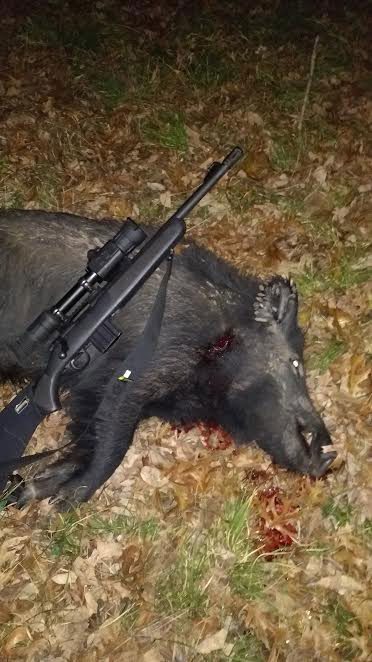
Another good friend uses a leaf rake and collects acorns in city parks and sidewalks and stores them in 5 gallon buckets. Ask him the very best bait to use to attract hogs and his answer is “Acorns of course”! We all know where to find the hogs in the fall when oaks begin to drop acorns. I’ve learned that hogs love them anytime they can get em’, especially in the winter and spring when the main mast crops have been eaten or has rotted.
To sum it up, hogs will eat just about anything. The trick to baiting them for a close bow or rifle shot is patterning them to a particular area and not introducing foreign odors into this area. This requires a little time but once you have the wild porkers coming to bait, they will eat anything from stale light bread to apple pie and…. just about everything in-between.
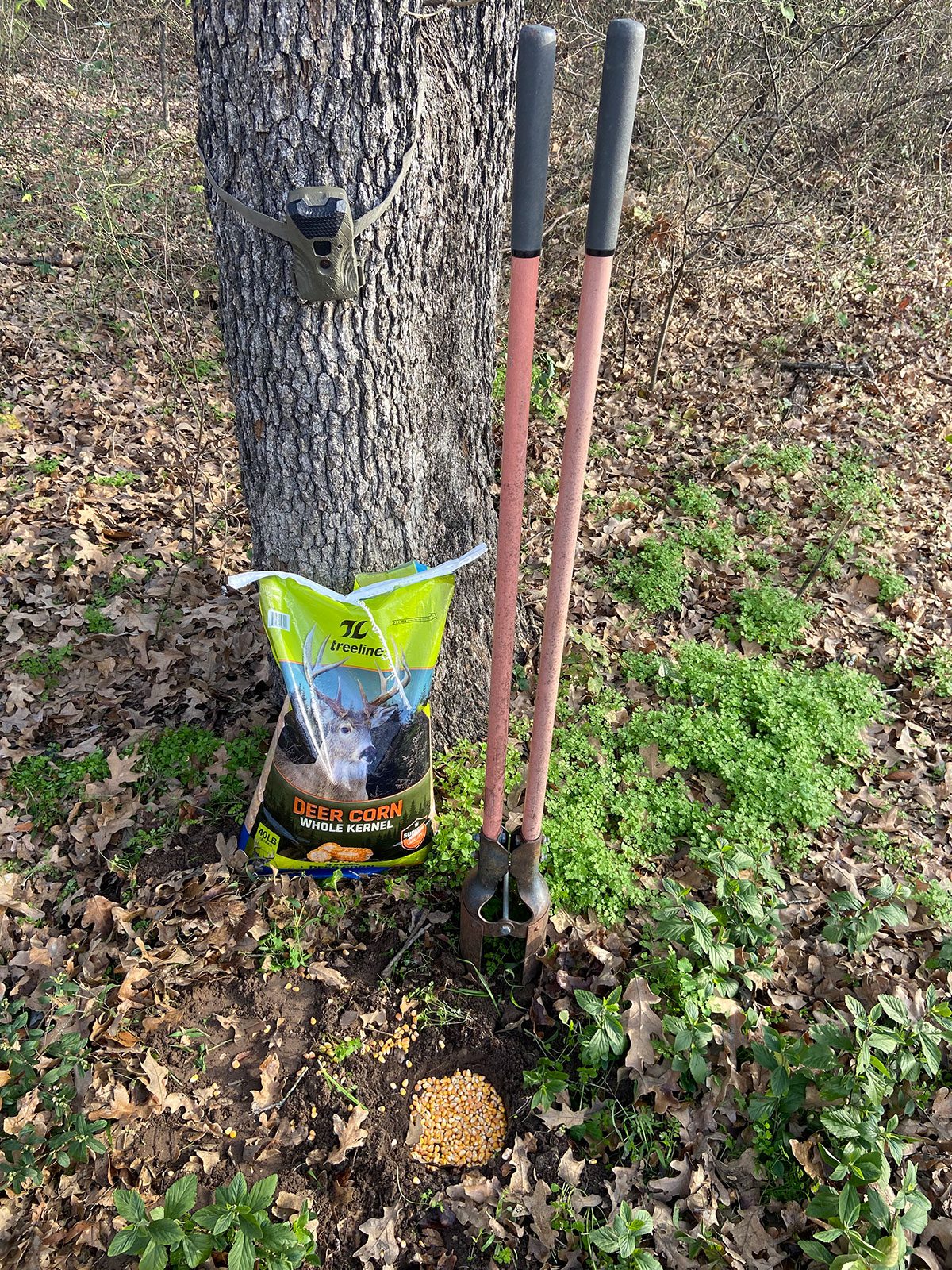
Per our affiliate disclosure, we may earn revenue from the products available on this page. To learn more about how we test gear, click here.






